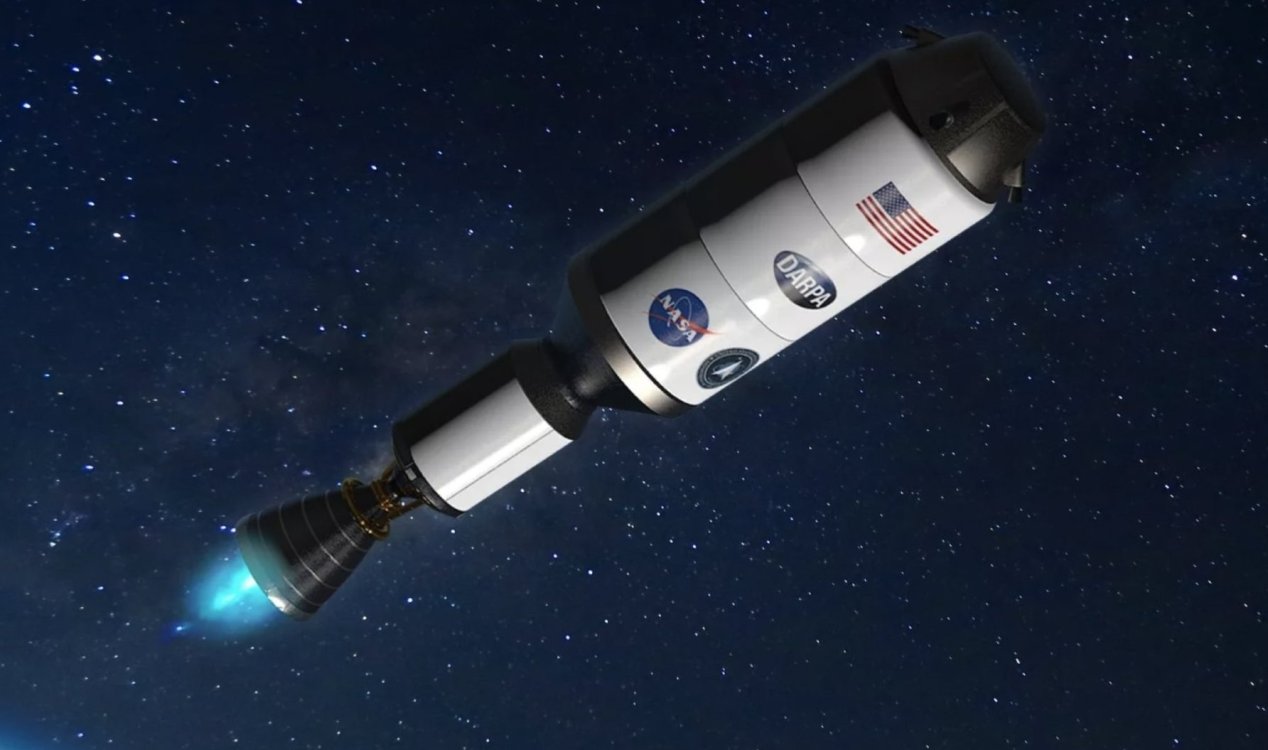The historic achievement was revealed at the European Southern Observatory HQ in Garching, Germany, and the discovery will bring in a new era of astronomy and science.
The signal was first picked up in August by the Laser Interferometer Gravitational-Wave Observatory (LIGO) in Washington, and afterwards dozens of telescopes and observatories across the globe turned their eye towards the source, located in the constellation Hydra.
The huge effort bore fruit, resulting in both gravitational waves and light being detected from the one event. The even in question was a massive collision between 2 neutron stars approximately 130 million miles from Earth.
“I don’t think it’s out of the question that this is the most observed astronomical event ever,” said LIGO spokesperson David Shoemaker. “It’s a thrilling notion, and a little overwhelming.”
“We’ve got somewhere between a quarter and a third of all the world’s astronomers working with us.”
The significance of this is that in the future, astronomers can now detect major astronomical events by first detecting the gravitational waves, and then using this information to tell the world’s conventional telescopes where to focus their sights.
In the long run, this means that many more major events can now be discovered, resulting in potentially many new breakthroughs on our growing understanding of our universe.
“Superlatives fail,” said LIGO scientist Richard O’Shaughnessy. “This is a transformation in the way that we’re going to do astronomy. It’s fantastic.”





